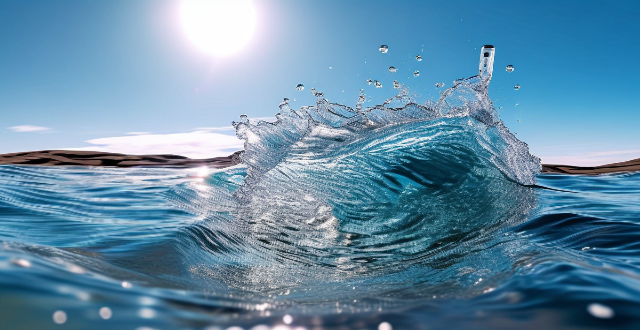Waterproof smartphones require special care to ensure their longevity and performance. Tips include keeping the phone clean, avoiding extreme temperatures, being cautious with underwater use, not charging a wet phone, and using original accessories and covers. By following these guidelines, users can enjoy their waterproof smartphone without worrying about accidental splashes or brief submersions.

Is there any special care required for waterproof smartphones?
Waterproof smartphones are designed to withstand exposure to water, but they still require some special care to ensure their longevity and performance. Here are some tips on how to take care of your waterproof smartphone:
1. Keep the phone clean and free from debris
- Regularly wipe down the exterior: Use a soft, lint-free cloth to wipe down the exterior of your phone. This will help remove any dirt or debris that could potentially clog up the ports and compromise the waterproof seal.
- Avoid getting sand in the ports: If you're at the beach or in a sandy environment, be extra careful not to get sand in the ports, as it can be difficult to remove and may cause damage.
2. Avoid extreme temperatures
- Don't expose to direct sunlight for extended periods: While your waterproof smartphone can handle getting wet, prolonged exposure to direct sunlight can cause overheating, which can damage the internal components.
- Avoid freezing temperatures: Waterproof smartphones are typically tested for operation in temperatures ranging from -4°F to 140°F (-20°C to 60°C). However, subjecting your phone to freezing temperatures can weaken the waterproof seals and cause condensation inside the device when it warms up again.
3. Be cautious with underwater use
- Check the IP rating: Before using your phone underwater, check its IP rating to understand its water resistance capabilities. For example, an IP68 rating indicates the phone is protected against dust and can withstand being submerged in water beyond 1 meter deep.
- Avoid taking photos or videos underwater: Pressing the buttons or touching the screen underwater can compromise the waterproof seals. If possible, use a dedicated underwater camera or invest in a waterproof case designed for photography.
4. Don't charge your phone while wet
- Ensure the phone is completely dry before charging: Even if your phone is waterproof, avoid charging it while it's still wet. Moisture can damage the charging port and potentially cause a short circuit.
5. Use original accessories and covers
- Replace damaged covers: If any of the covers or seals on your waterproof smartphone become damaged, make sure to replace them with genuine parts from the manufacturer to maintain the waterproof integrity of your device.
In conclusion, while waterproof smartphones offer added protection against water damage, it's essential to follow these care tips to ensure their longevity and optimal performance. By doing so, you'll be able to enjoy your waterproof smartphone without worrying about accidental splashes or brief submersions.